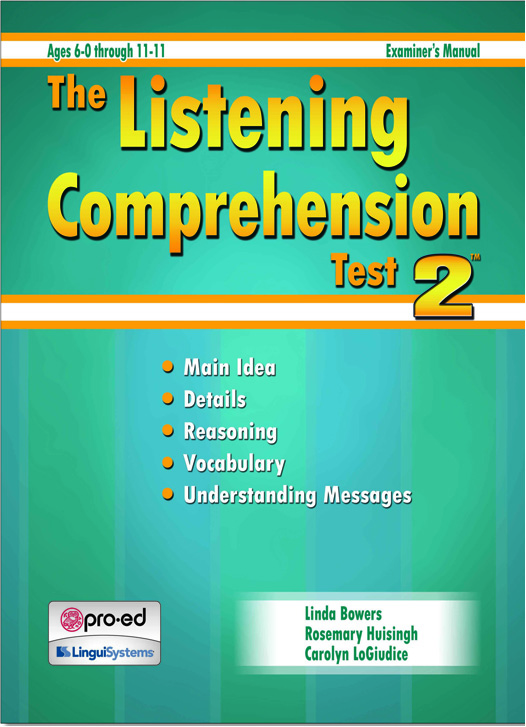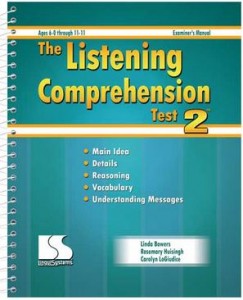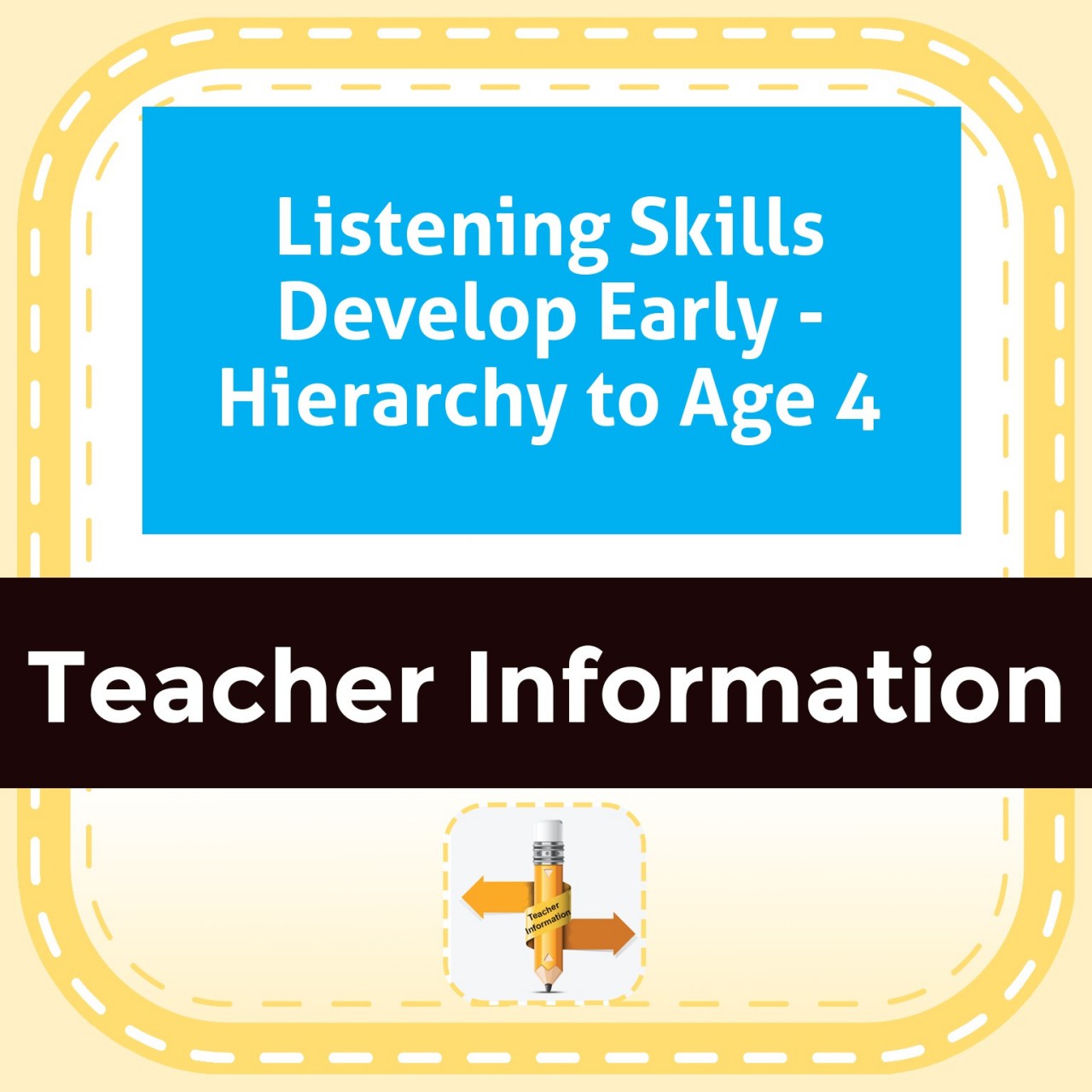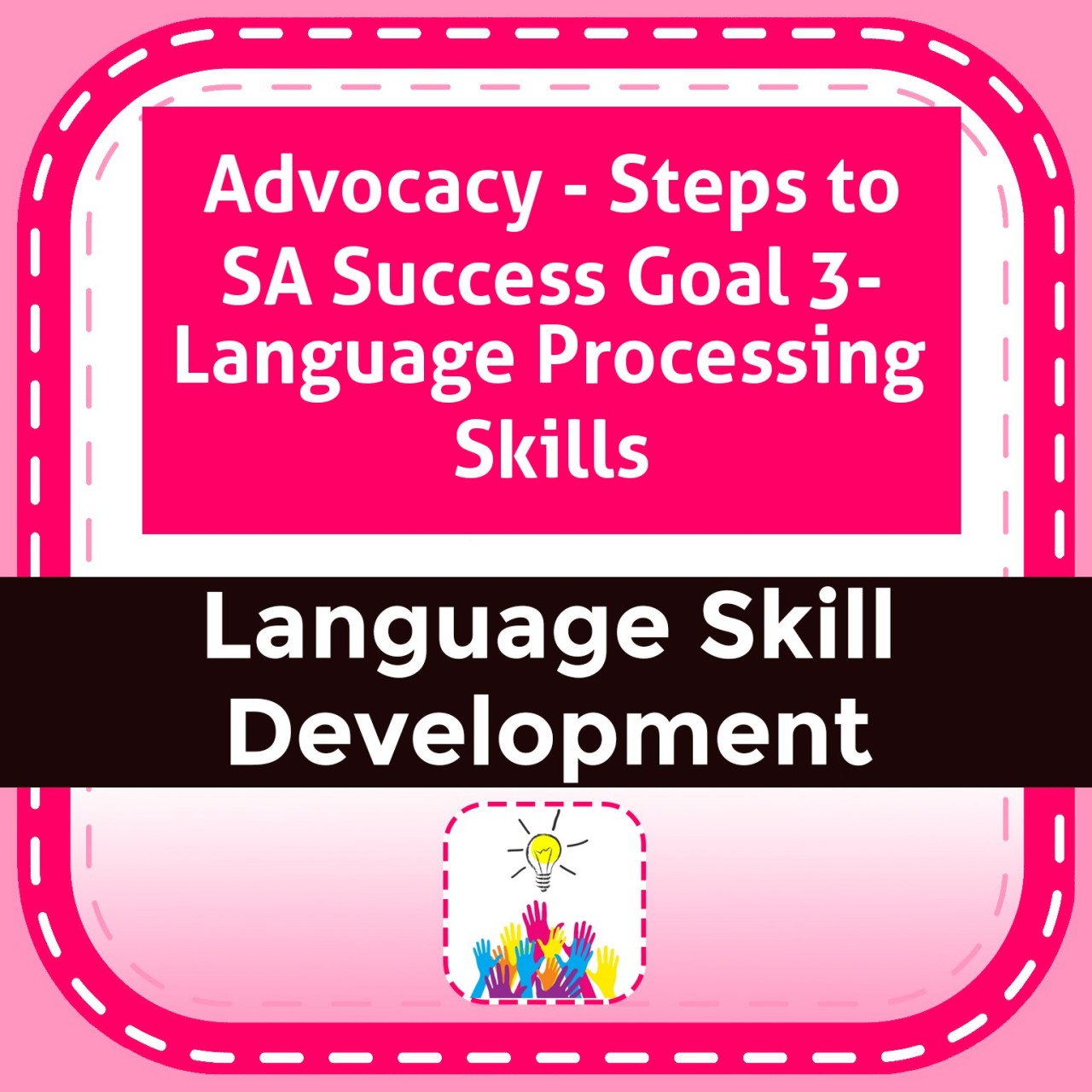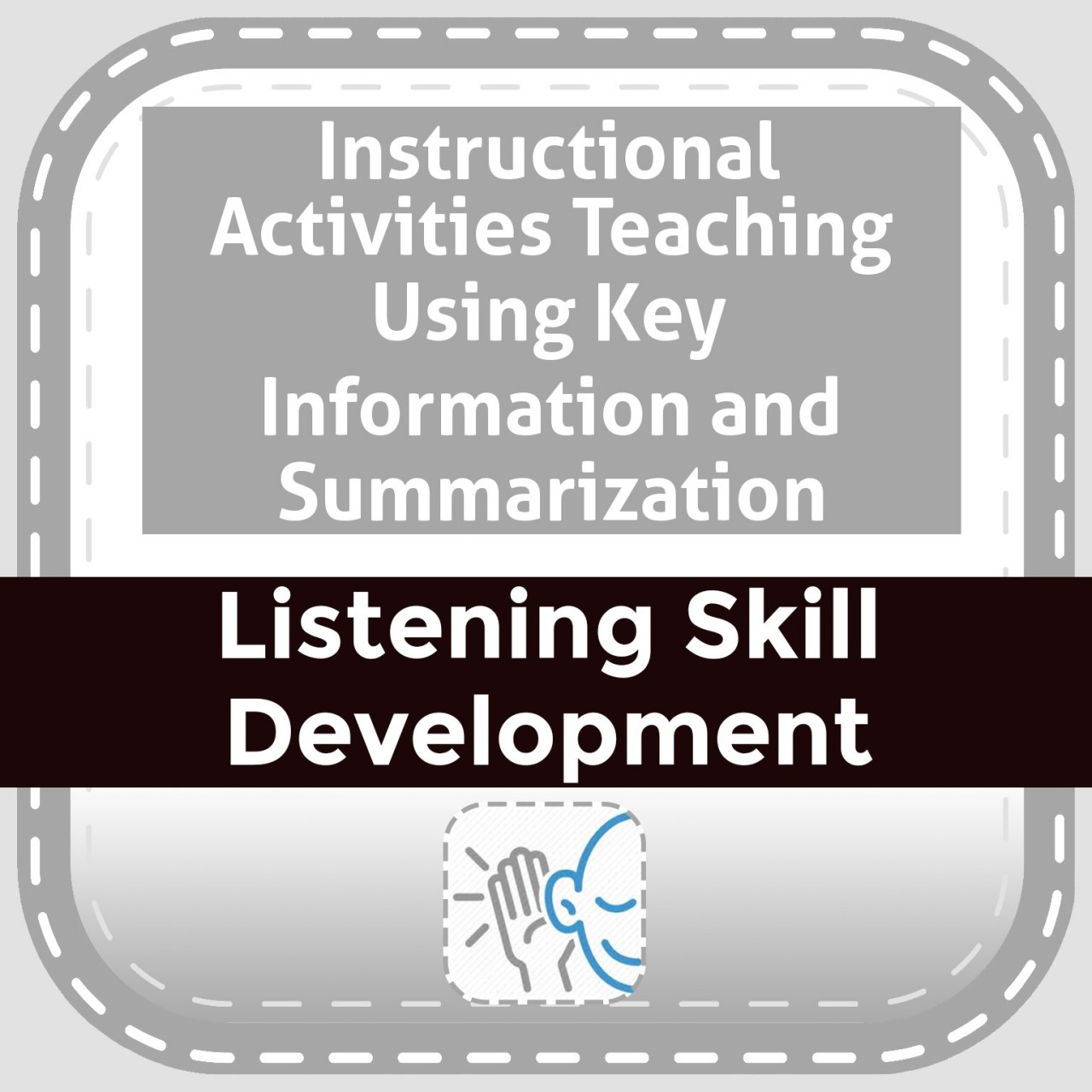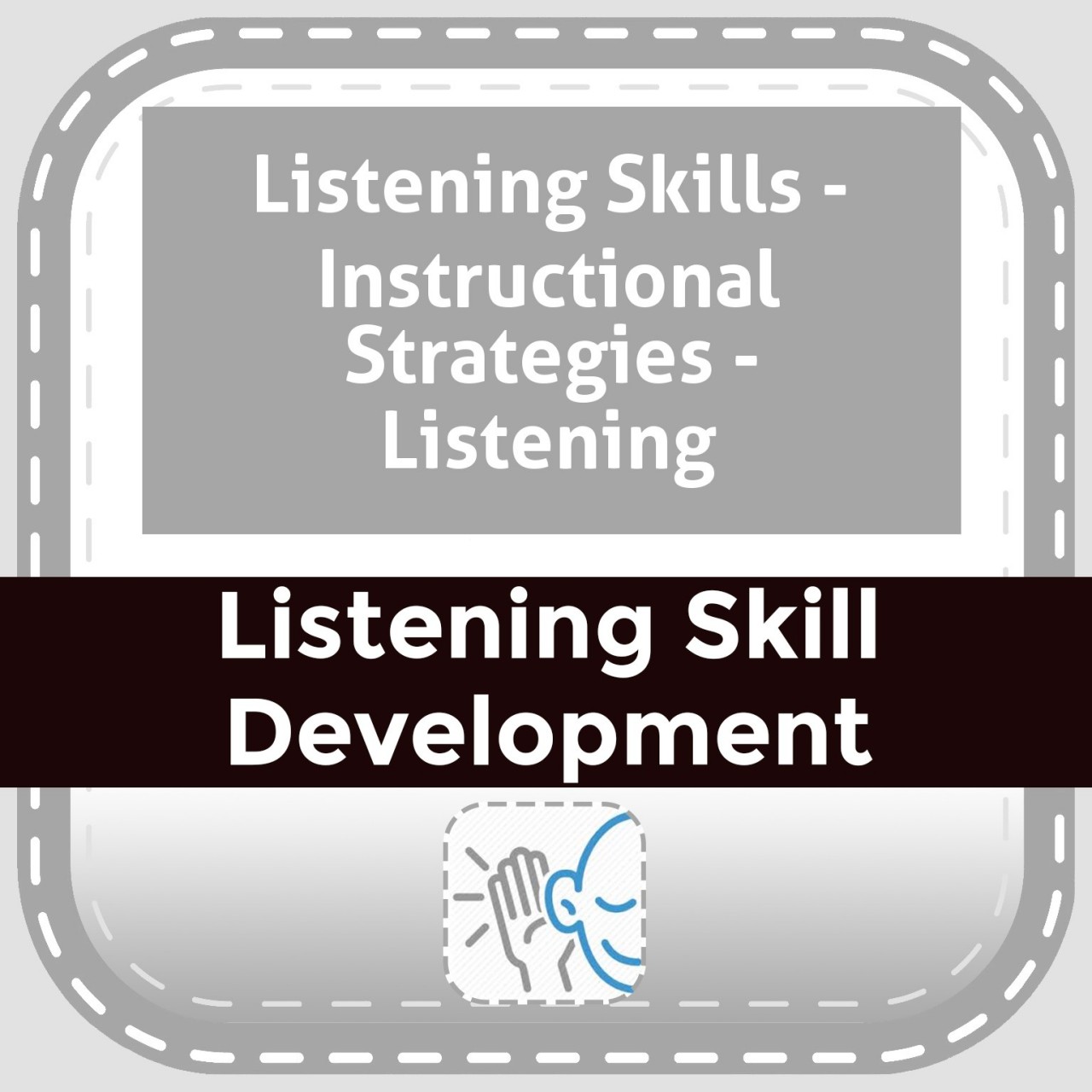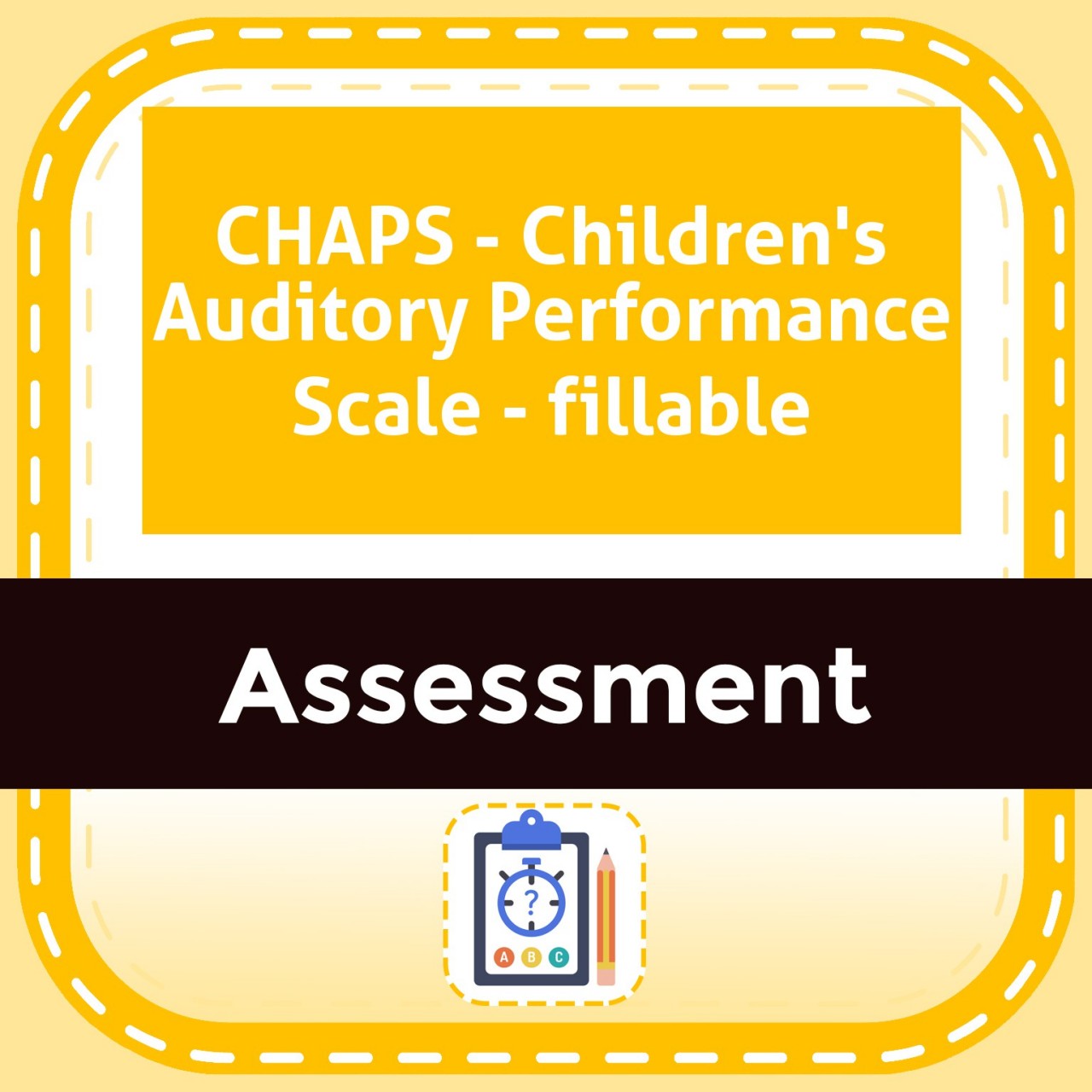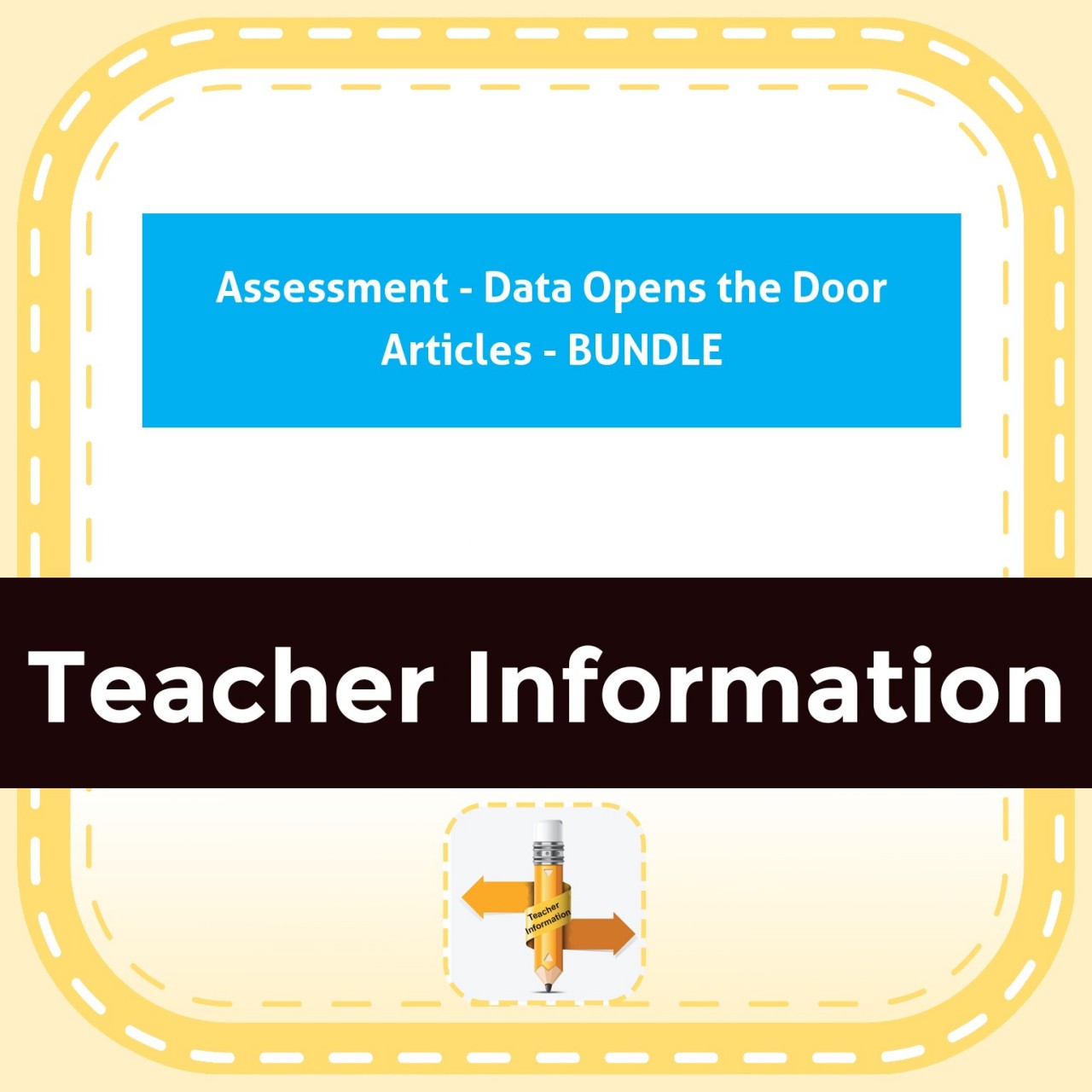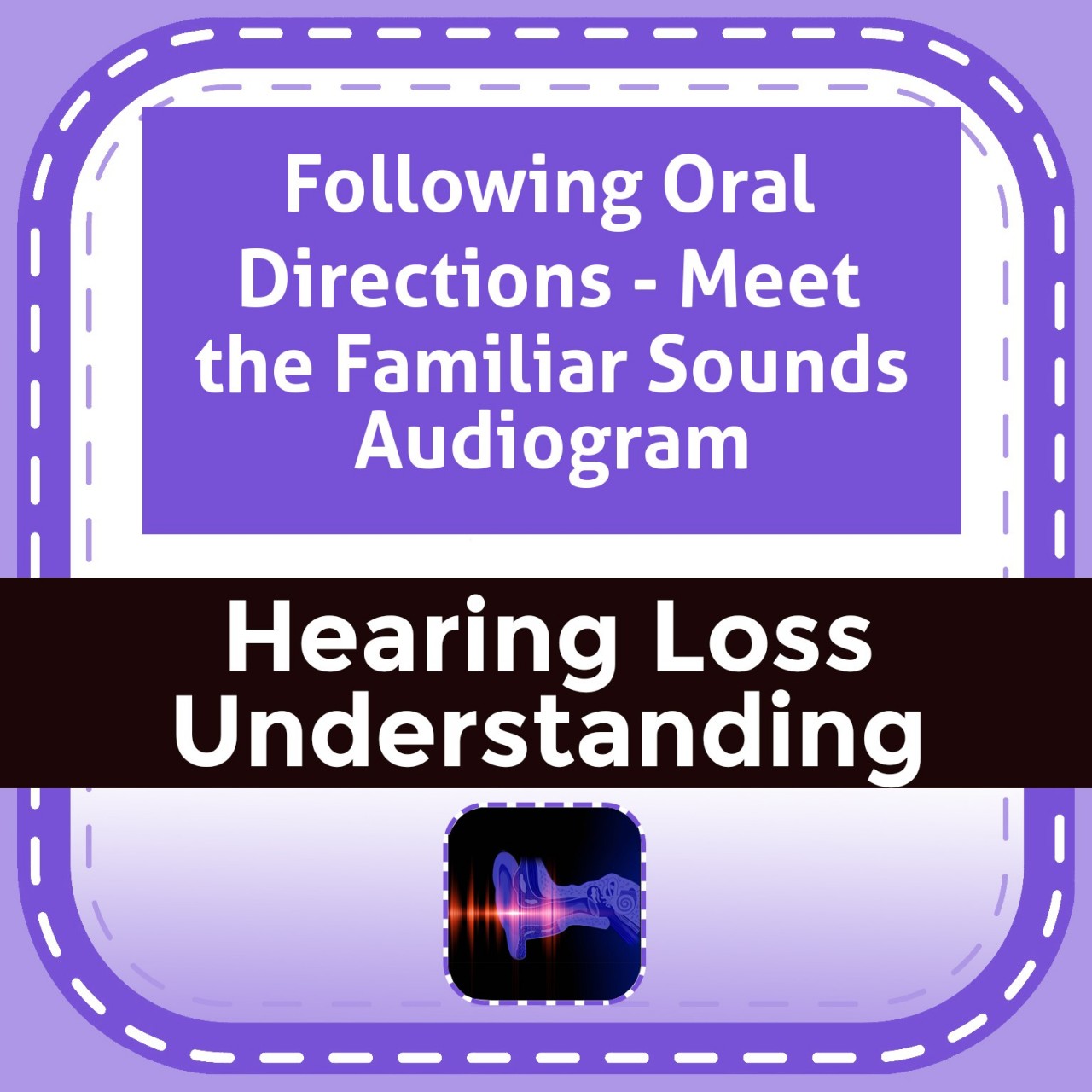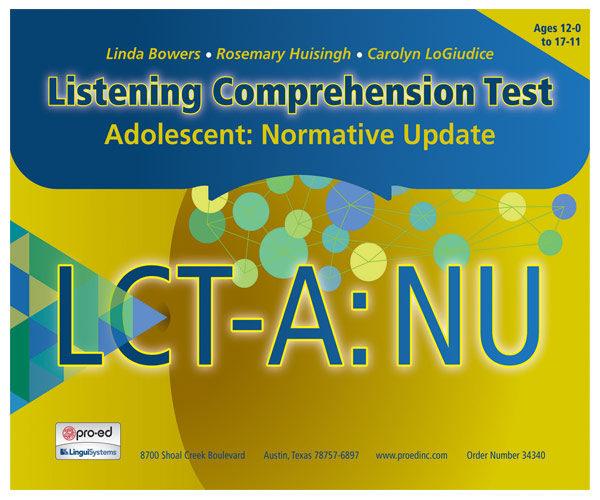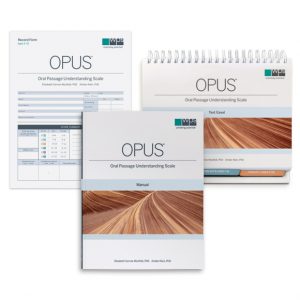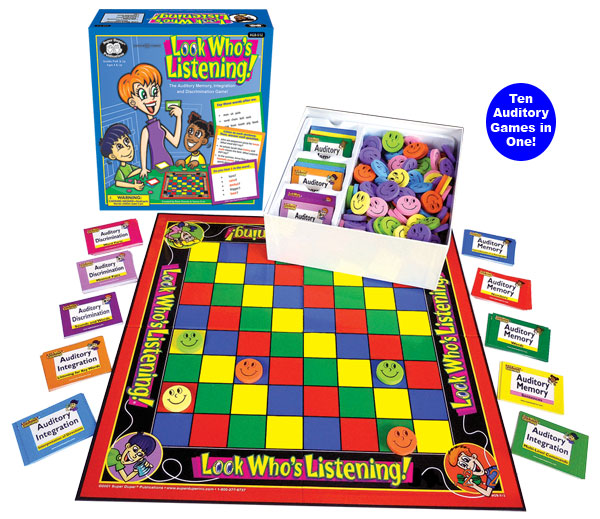Description
We know that children with hearing loss will miss out on incidental language learning and will have challenges perceiving speech optimally in a  typical classroom. So what CAN they do with what they hear? This assessment goes above and beyond a standard speech/language assessment to identify the relevant functional performance issues that may be present, even in our highest functioning students with hearing loss. We highly recommend performance of this test for every student who is included in the general education classroom. This test is expensive, but worth it for the eligibility as you are comparing the child with hearing loss to over 1500 typically hearing students and also for the planning information obtained.
typical classroom. So what CAN they do with what they hear? This assessment goes above and beyond a standard speech/language assessment to identify the relevant functional performance issues that may be present, even in our highest functioning students with hearing loss. We highly recommend performance of this test for every student who is included in the general education classroom. This test is expensive, but worth it for the eligibility as you are comparing the child with hearing loss to over 1500 typically hearing students and also for the planning information obtained.
Test Purpose
Ages 6-11 years.The Listening Comprehension Test 2 assesses listening through natural classroom situations rather than evaluating listening through simple repetition or discrimination subtests. The tasks reveal students’ strengths and weaknesses in integrated language problem solving, reasoning, and comprehension of material presented auditorily.
Listening Comprehension Test 2: Examiner’s Manual & 20 Test Forms $190.00
Also see Listening Comprehension Test Adolescent
The Listening Comprehension Test 2 measures classroom listening behaviors in children ages 6-11:

- Summarizing and Sequencing
- Participating in Discussions
- Following Directions
- Understanding the Main Idea
- Attending to Details
- Understanding Language Concepts
- Problem Solving and Predicting
- Listening for Meaning
The 5 subtests include:
- Subtest A: Main Idea
The student identifies the main idea after listening to a passage read aloud by the examiner. The student must recall his background knowledge of the topic and process the overall meaning of the passage. - Subtest B: Details
The student listens to a passage and answers a question about the details. The student must rely on grammar, vocabulary, and the semantics of the passage to comprehend the details. - Subtest C: Reasoning
This subtest taps into higher-level cognitive skills. The student infers answers from information presented verbally. - Subtest D: Vocabulary
The student gives a one-word synonym or a descriptive definition for a word heard in a passage. - Subtest E: Understanding Messages
The student listens to a short message and answers two questions about it.
Test Procedures
- Begin testing with the demonstration item which is read aloud to the student. This item can be repeated, altered, or explained to show the student how to respond. Proceed to the first item and administer each task in its entirety.
- During administration you read a brief passage and then ask listening comprehension questions that target specific listening behaviors.
Testing Time
- 35 minutes
Examiner Qualifications
The test should only be administered by a trained professional familiar with language disorders (e.g., teacher of the deaf/hard of hearing, speech-language pathologist, psychologist).
Testing results generate normative scores, including age equivalencies, percentile rank and standard scores for each subtest and the total test score, which can then be charted on a performance grid.
Discussion of Performance
The Discussion of Performance section found in the Examiner’s Manual was developed to guide the examiner to make appropriate and educationally-relevant recommendations for remediation based on a clear understanding of each subtest.
The skills students need to be successful on each subtest are delineated and applied to classroom performance.
General remediation strategies for therapy, teachers, and parents to do are also included.
Standardization and Statistics
Two studies were conducted on The Listening Comprehension Test 2 – the item pool study and the standardization study. The test was standardized on 1,504 subjects that represented the 2000 National Census for race, gender, age, and educational placement. In addition, 251 subjects with language disorders were used in the validity studies.

